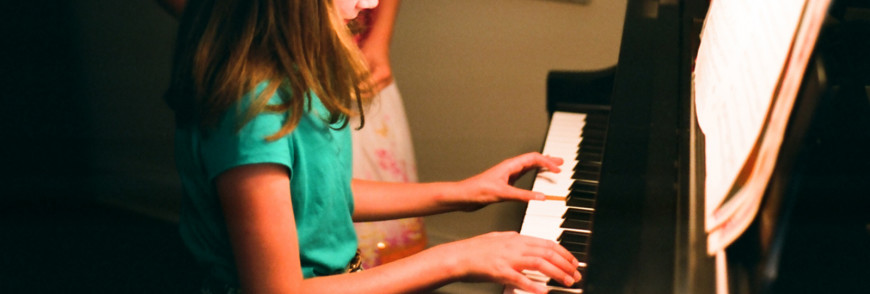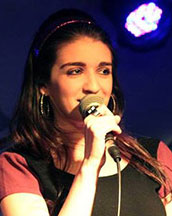How to begin reading piano music

Many people are eager to start learning how to play the piano, but become overwhelmed when first starting out. Here I have broken down how to first start reading piano music into three simple steps. I hope this will encourage you to begin learning how to play the piano or pick up again where you left off!
Finger by Number
In order to start simple, I recommend using piano method books such as Bastien’s Piano Basics, Level 1 and 2, also The Faber Piano Adventures Levels 1 and 2. These books will start out with easy songs, that will teach you how to play by correlating the numbers 1-5 with your fingers. This is a great method for kids! Learning to play at first with the Finger by Number Method will also make the student feel very comfortable and confident with their fingers on the keyboard. This will help strengthen the fingers, and to work on dexterity, especially in little fingers, and small hands.
Note recognition
Once the student has become comfortable with the Finger by Number method, it’s time to now introduce piano notes by their “Note name.” In addition to the piano method books, you can challenge your student or yourself in perhaps making flash cards with pictures and the correct note names to help you memorize them! (Click here for printable flash cards). Also memorizing words to help you visualize these notes, and recognize them on the page such as F-A-C-E in the right hand or treble clef, or E-G-B-D-F-A in the left hand, or bass clef.
Rhythms
Now that you or your student has become familiar with reading piano music with Finger by Numbers and by the correct note name, it’s now time to really delve into some rhythms! Rhythms will come naturally when you spend time looking and listening to basic rhythmic patterns and then on to some more challenging ones. Start off first with understanding the quarter note, half note, whole note, as well as rests for understanding the core of rhythms in music. If you or your student claps, taps, or sings in addition to playing these rhythms on the piano, this will also enhance your rhythmic skills!
I hope that you will take these three steps of learning how to read piano music at your best. Let me know if you have questions or comments below, or set up a time for a trial session from my booking page for one-on-one guidance in piano or voice.

Liz Turner is a vocal coach and mezzo-soprano vocalist specializing in classical, Broadway, jazz and contemporary music. She is a graduate of Berklee College of Music with a B.M. in Voice. Click here to learn more and book a lesson with Liz.
Related:
- Free, printable flash cards for learning the notes on the staff
- More resources for parents
- More resources for teachers
- View Liz Turner's Teaching Profile
